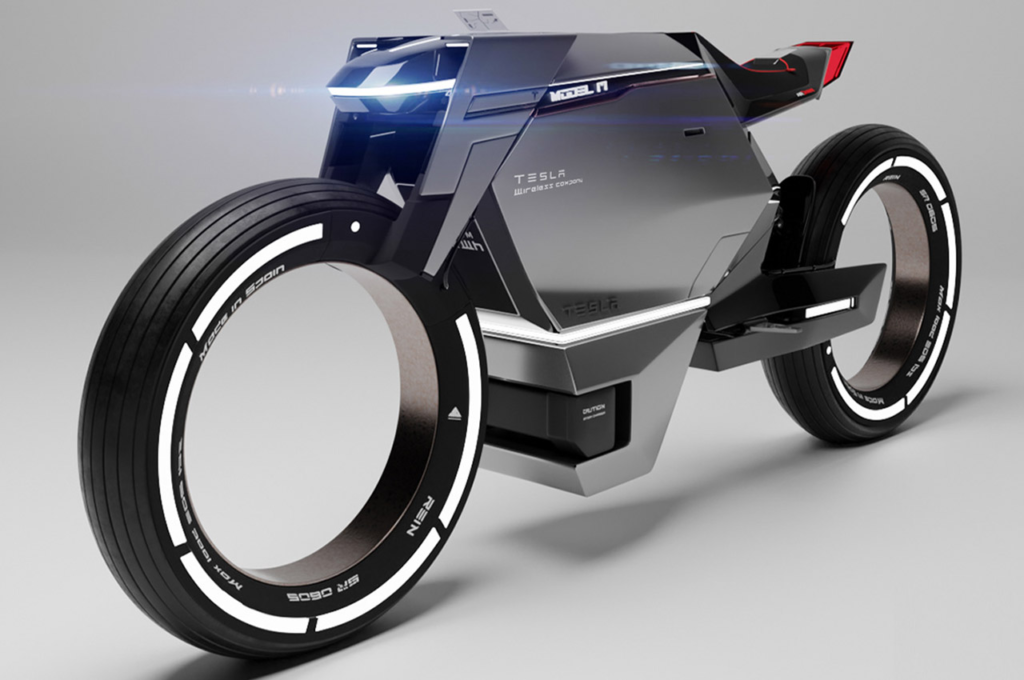
The world of urban transportation is undergoing a monumental shift, one that promises to transform how we move through our cities. electric bikes, often simply referred to as e-bikes, are at the forefront of this revolution, offering a sustainable, practical, and exciting alternative to traditional modes of transport. For city dwellers seeking efficient ways to commute, reduce their carbon footprint, and explore their urban landscapes with newfound freedom, e-bikes present a compelling option.
Why Electric Bikes Are Gaining Popularity
E-bikes are experiencing a surge in popularity, and it’s easy to understand why. Unlike conventional bicycles, e-bikes come equipped with an electric motor and battery, providing riders with an extra boost when pedaling. This feature makes commuting less strenuous, especially when navigating hilly terrain or long distances. For urbanites looking to avoid traffic congestion and parking hassles, e-bikes offer a practical solution that combines the flexibility of cycling with the ease of motorized transport.
In addition to convenience, e-bikes contribute to environmental sustainability. With zero emissions during operation, they provide a greener alternative to cars and motorcycles, which produce significant amounts of carbon dioxide. This eco-friendly aspect appeals not only to environmentally conscious individuals but also to city planners aiming to reduce urban pollution levels. E-bikes align perfectly with the growing global emphasis on sustainable living, making them an attractive choice for modern commuters.
Furthermore, the versatility of e-bikes is a major draw. They cater to a wide range of riders, from fitness enthusiasts seeking a low-impact workout to those who simply want to enjoy leisurely rides around town. The adjustable power settings allow users to customize their riding experience, whether they prefer a more challenging pedal or a relaxing cruise. This versatility has led to a diverse user base, contributing to the rapid growth of e-bike adoption in urban areas.
The Impact on Urban Transportation
The rise of e-bikes is reshaping urban transportation systems in profound ways. Cities worldwide are investing in infrastructure to accommodate this new mode of transit, with dedicated bike lanes, charging stations, and storage facilities becoming increasingly common. This shift is encouraging more people to consider e-bikes as a viable commuting option, further reducing the reliance on traditional vehicles.
Additionally, e-bikes offer a solution to the last-mile problem often faced by public transit users. Commuters who rely on buses or trains can seamlessly integrate e-bikes into their journeys, covering the distance between transit stops and their final destinations efficiently. This integration enhances the overall convenience of public transportation networks, ultimately improving the accessibility and reach of city transit systems.
The economic advantages of e-bikes cannot be overlooked either. With lower maintenance and operational costs compared to automobiles, e-bikes offer a cost-effective alternative for daily commuting. This affordability makes them accessible to a broader demographic, including students, young professionals, and retirees, who may have different budget constraints.
Overcoming Challenges in E-Bike Adoption
While the benefits of e-bikes are undeniable, there are challenges to widespread adoption that need to be addressed. One primary concern is the initial cost of purchasing an e-bike, which can be higher than that of traditional bicycles. However, this upfront investment often pays off in the long run through savings on fuel, maintenance, and public transportation expenses.
Safety is another important consideration. With increased e-bike usage on busy urban streets, ensuring rider safety is crucial. Cities must focus on creating safe cycling environments with well-designed infrastructure and clear regulations. Educating both e-bike riders and other road users about sharing the road responsibly can significantly mitigate safety risks.
Addressing these challenges requires collaboration between policymakers, manufacturers, and the community. By implementing subsidies and incentives for e-bike purchases, governments can make them more accessible to the masses. Additionally, public awareness campaigns can promote safe riding practices and the benefits of e-bikes, encouraging more individuals to adopt this sustainable mode of transport.
The Future of Urban Mobility
As we look to the future, the role of electric bikes in urban mobility is poised to expand further. Technological advancements are continuously improving e-bike performance, with innovations such as longer-lasting batteries and smarter, more efficient motors. These developments will enhance the overall riding experience, making e-bikes an even more attractive option for city dwellers.
Furthermore, the integration of e-bikes into smart city initiatives holds great promise. Data collected from e-bike usage can inform urban planning decisions, helping cities optimize traffic flow, reduce congestion, and create more cyclist-friendly environments. This harmonious blend of technology and transportation has the potential to revolutionize urban living, offering cleaner, healthier, and more enjoyable cities for all residents.
In conclusion, the rise of electric bikes represents a significant leap forward in the evolution of urban transportation. They offer a sustainable, efficient, and versatile solution to the challenges posed by traditional modes of commuting. By addressing barriers to adoption and continuing to invest in supportive infrastructure, cities can fully harness the potential of e-bikes to create vibrant, livable urban spaces. Ready to experience the future of commuting? Consider hopping on an e-bike and join the movement towards a more sustainable, connected urban lifestyle.
